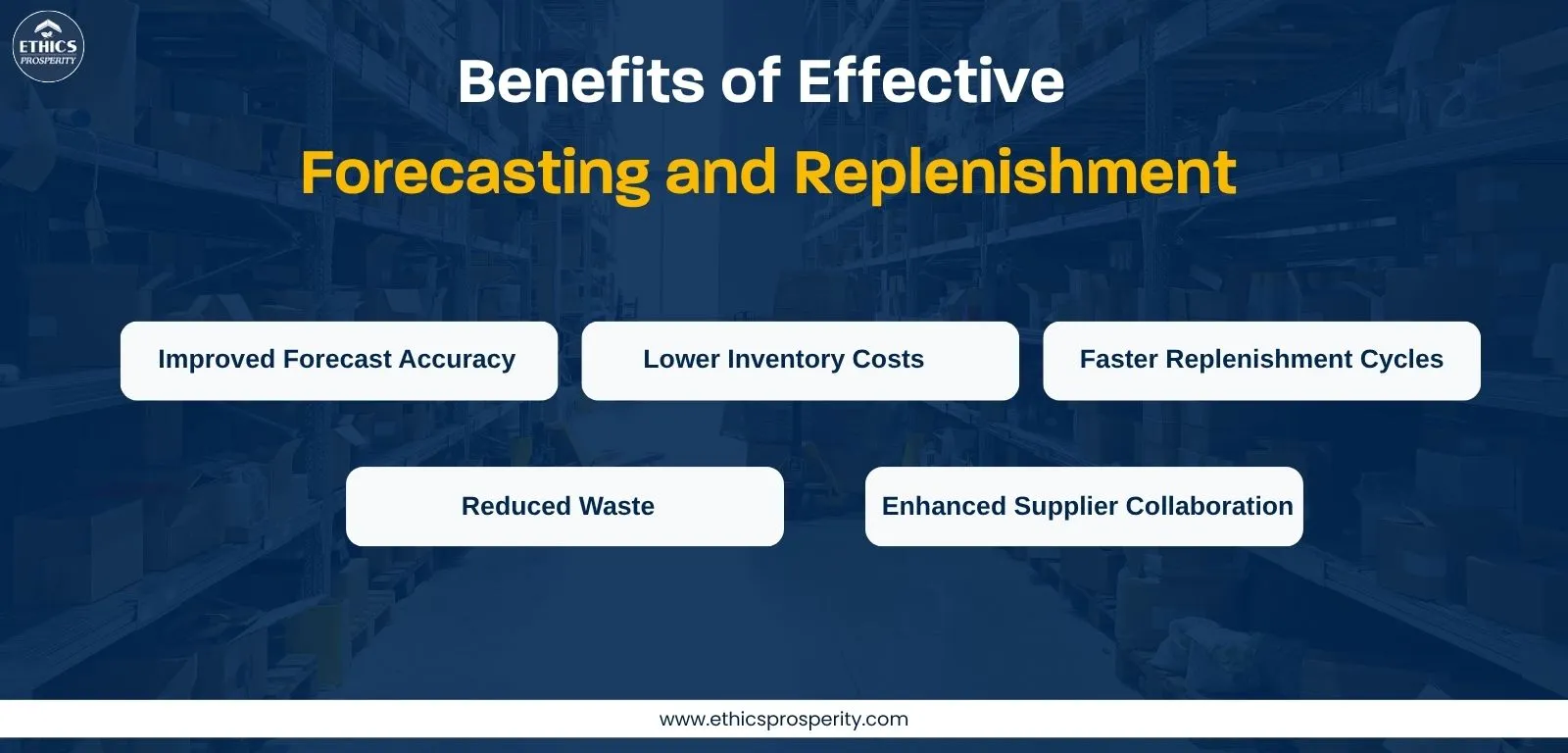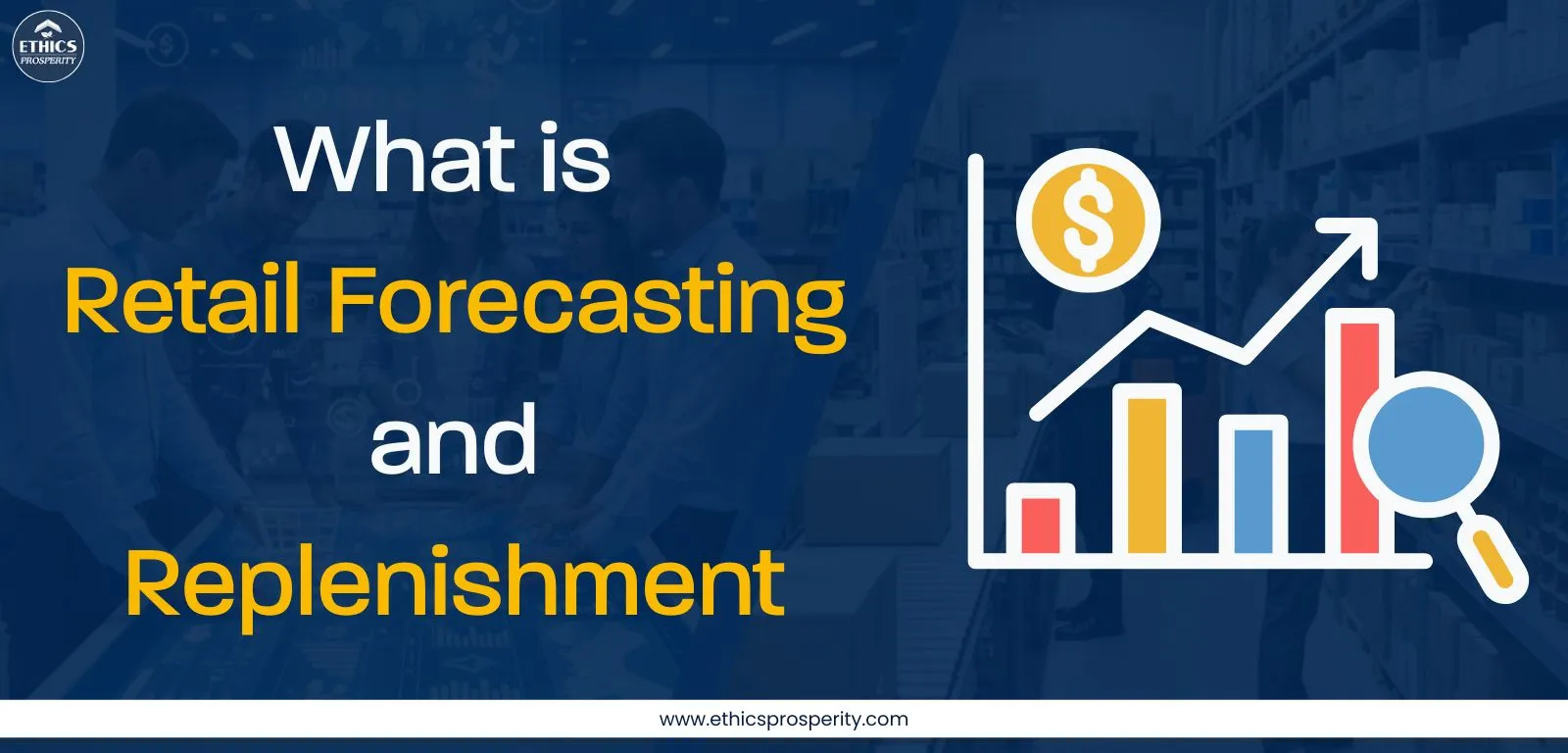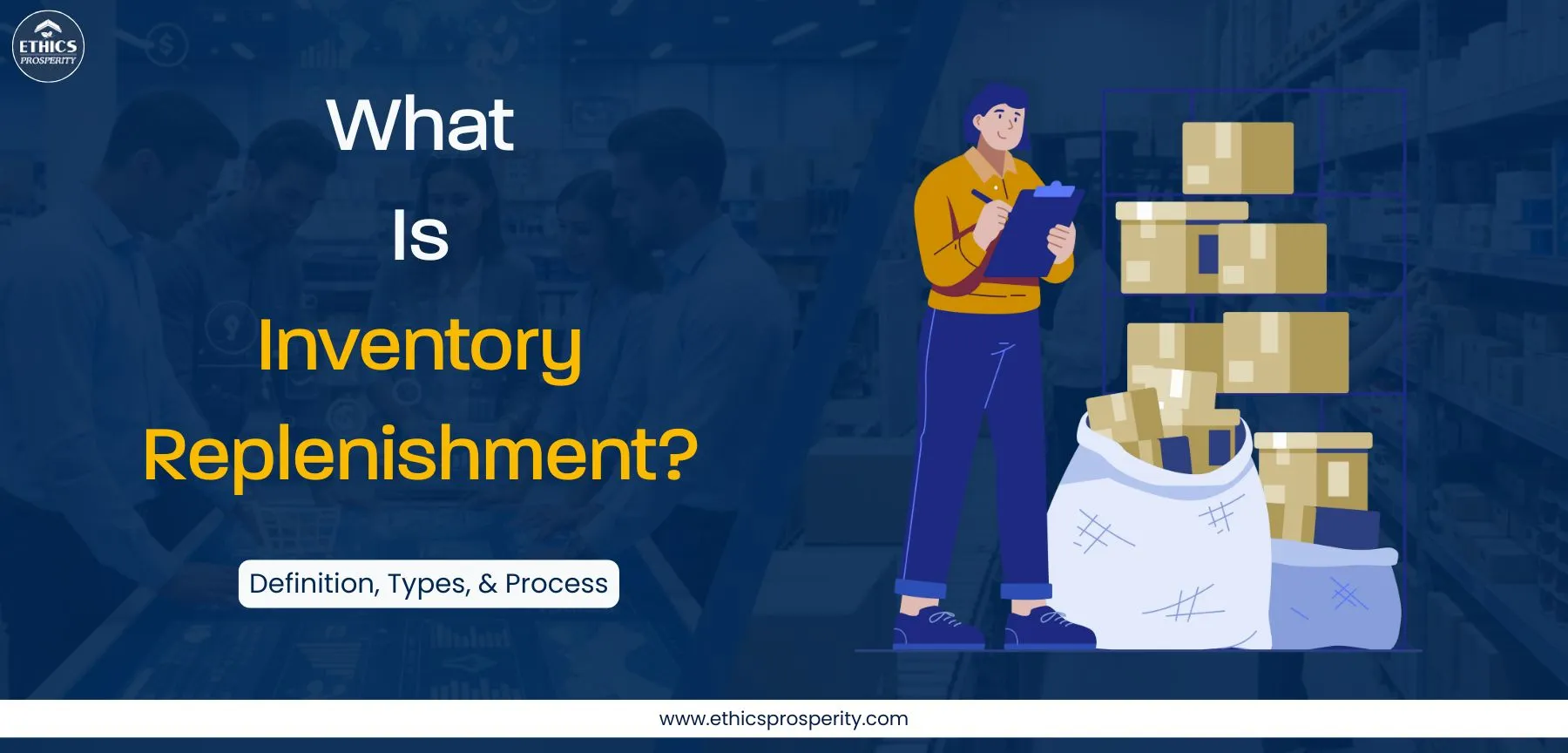Retail supply chains are undergoing a major transformation, driven by data analytics, automation, and AI. In a world where demand fluctuates daily, retail forecasting and replenishment have become essential for maintaining the right stock levels while minimizing costs.
Effective forecasting helps predict customer needs, while replenishment ensures the right products are available at the right time. Together, they form the backbone of retail inventory management, enabling retailers to balance supply and demand with precision.
What is Retail Forecasting?
Retail forecasting refers to predicting future consumer demand using historical data, market trends, and real-time insights. It enables retailers to plan inventory, staffing, and logistics effectively.
Key components include:
-
Historical sales analysis: Evaluating seasonal patterns and promotions.
-
Demand sensing solutions: Using AI and machine learning to adapt quickly to changing market conditions.
-
Predictive analytics: Estimating product demand across multiple SKUs and locations.
Accurate forecasting minimizes overstocking and stockouts, directly influencing profit margins and customer satisfaction.
What is Retail Replenishment?
Retail replenishment is the process of restocking inventory based on demand forecasts and current stock levels. It ensures that shelves remain stocked without tying up excessive working capital.
Core replenishment strategies include:
-
Automated reorder points based on sales velocity.
-
Vendor-managed inventory (VMI) for collaborative restocking.
-
Multi-echelon replenishment across warehouses and stores.
With advanced inventory optimization solutions, businesses can automate replenishment, reduce manual errors, and improve supply chain responsiveness.
How Forecasting and Replenishment Work Together
Forecasting and replenishment are two sides of the same coin.
While forecasting predicts what customers will buy, replenishment ensures how and when those products are available.
Here’s how they integrate within an End-to-End Supply Chain Management framework:
-
Forecast Generation: AI-powered demand sensing identifies short-term and long-term trends.
-
Inventory Planning: Stock levels are optimized using warehouse management systems (WMS).
-
Replenishment Trigger: Automated systems reorder when stock reaches predefined thresholds.
-
Distribution Execution: Orders are fulfilled via warehouse companies in India or last-mile logistics networks.
This synchronized system minimizes costs and enhances efficiency across inbound and outbound logistics operations.
Benefits of Effective Forecasting and Replenishment

Implementing intelligent forecasting and replenishment delivers significant business value:
-
Improved Forecast Accuracy: Reduces uncertainty and enables data-driven planning.
-
Lower Inventory Costs: Optimizes stock turnover and frees up working capital.
-
Faster Replenishment Cycles: Ensures on-time delivery and higher customer satisfaction.
-
Reduced Waste: Prevents overproduction and product expiry, crucial in FMCG and retail.
-
Enhanced Supplier Collaboration: Strengthens partnerships through transparent data sharing.
These practices align with global supply chain sustainability initiatives, promoting lean, agile, and responsible retail networks.
Key Technologies in Retail Forecasting and Replenishment Solutions
Technology is the enabler of smart retail operations. Modern retailers rely on integrated digital ecosystems to manage complex supply chains effectively.
Key innovations include:
-
AI and Machine Learning: Enhance predictive accuracy for volatile markets.
-
IoT Sensors: Track stock levels and temperature-sensitive items in real time.
-
Blockchain in Supply Chain: Ensures transparency, traceability, and security in transactions.
-
Warehouse Management Systems (WMS): Automate storage, picking, and dispatch operations.
-
Micro-Fulfillment Centers: Enable faster replenishment in Quick Commerce Companies and hyperlocal retail setups.
These technologies are essential in creating smart warehousing systems that connect every link from procurement to last-mile delivery.
Ethics Prosperity’s Role in Enabling Smart Retail Planning
At Ethics Prosperity, we deliver end-to-end supply chain solutions that empower retailers to transition toward intelligent, data-driven operations.
Our retail-focused offerings include:
-
Forecasting and Demand Planning Tools: Predict and respond to real-time market shifts.
-
Inventory Optimization Solutions: Balance stock across multiple locations using AI.
-
Automated Replenishment Systems: Enable seamless integration between suppliers and stores.
-
Warehouse and Logistics Services: Supported by advanced automation, robotics, and custom warehousing solutions.
We collaborate with top supply chain companies in India to build agile, transparent, and customer-centric retail ecosystems that deliver measurable ROI.
Conclusion
In a dynamic retail environment, where consumer demand is constantly evolving, mastering retail forecasting and replenishment is no longer optional—it’s strategic.
By combining technology, analytics, and strong supplier networks, businesses can achieve:
-
Leaner inventories
-
Faster turnaround times
-
Higher customer satisfaction
Ethics Prosperity helps retailers strengthen every link in their supply chain logistics, ensuring long-term resilience, profitability, and competitiveness.

